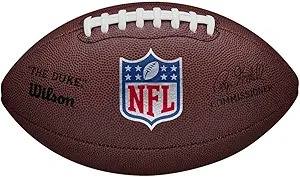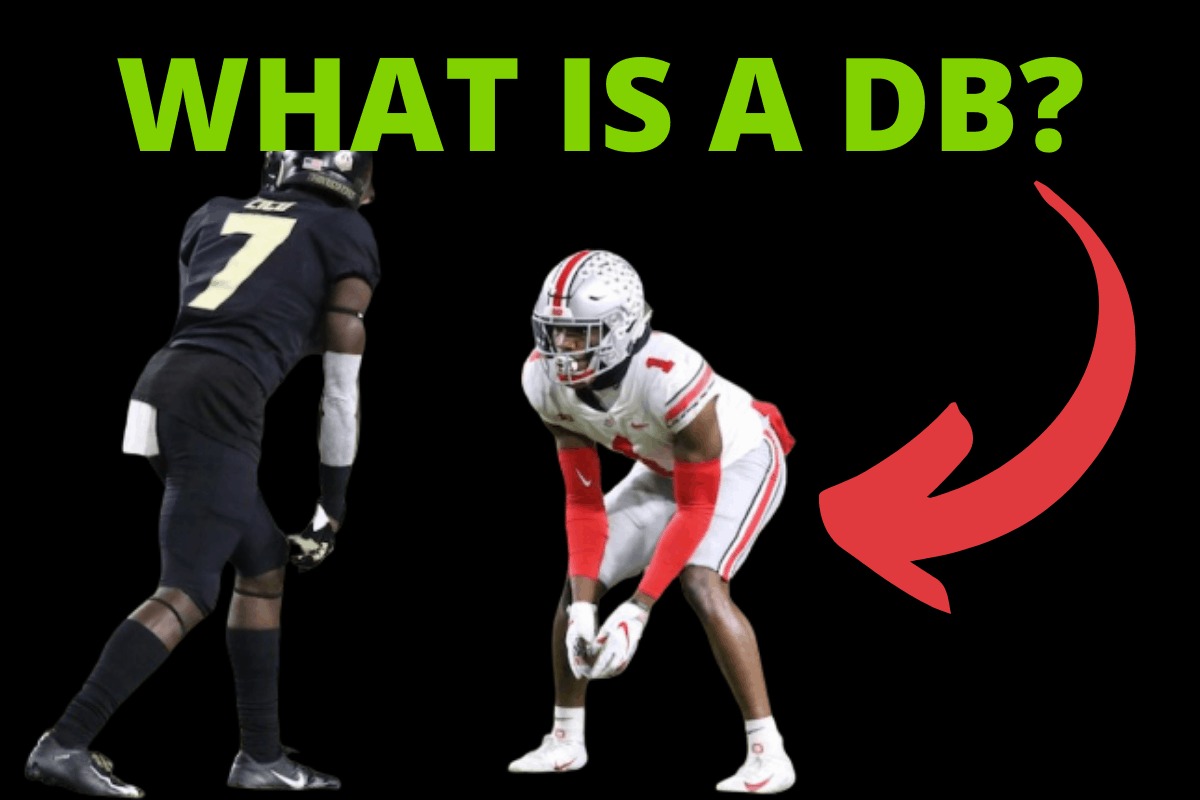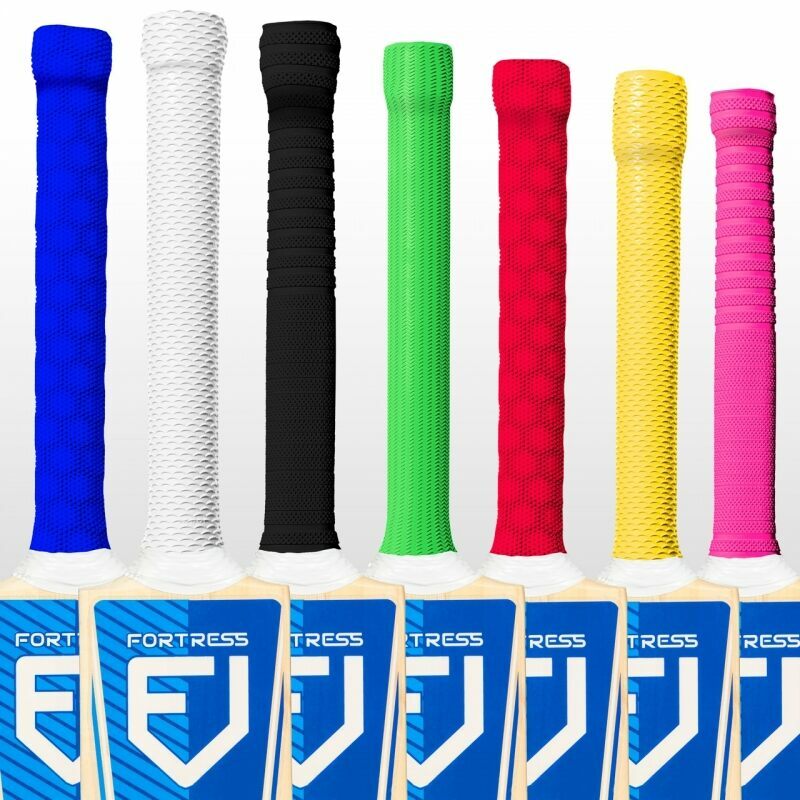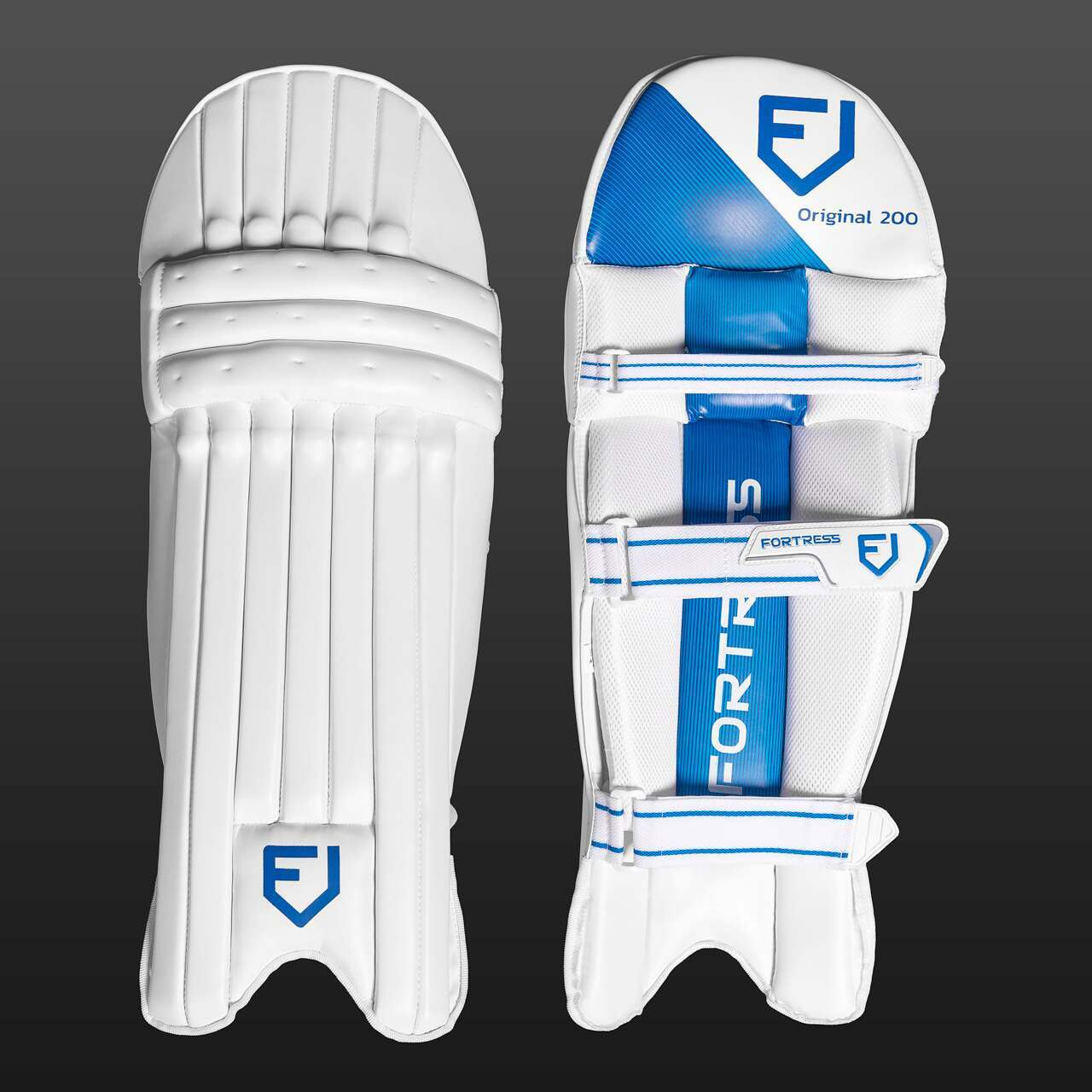Introduction — Framing Football Defense
In modern football, just as natural language systems have evolved from bag-of-words to contextual transformers, offenses have transitioned from simple run-first scripts to wide, context-rich spread attacks that generate numerous “tokens” (receivers, motion, formations). Defensive Backs are the contextual encoders and attention heads that protect the open semantic field — the space where passing plays are most likely to create high-loss events (big gains). One lapse in a DB’s coverage is like a model misclassifying a high-stakes token — it can be catastrophic. Great DBs act like robust, well-regularized classifiers: they generalize, anticipate distributional shifts, and correct quickly.
What Is a DB in Football? (Defensive Back Explained)
A defensive back (DB) is a model—think of it as a specialized classifier—deployed in the secondary layer of a defensive system whose primary task is to detect, classify, and intercept passing events (positive class = completed pass / big play) while minimizing false positives (missed tackles, blown coverage). The DB ensemble consists mostly of two submodels: cornerbacks (local, high-resolution detectors for outside receivers) and safeties (global context vectors that patrol deeper semantic space). Nickel and dime packages are like adding more attention heads (extra DBs) to increase coverage capacity for multi-receiver inputs.
The DB and the secondary — a systems view
What is a DB?
A DB (defensive back) is a node in the defensive architecture responsible for minimizing the cost of pass completions. Consider the defense as a layered neural network:
- The defensive line = convolutional layer extracting local patterns (pressure)
- Linebackers = intermediate dense layers providing intermediate representations (run reads, underneath coverage)
- Defensive backs = attention modules and output heads that handle long-range dependencies (deep balls, receiver routes)
DBs serve as the final classifier(s) against the passing attack, reducing high-cost errors (TDs). They must encode spatial-temporal context, predict intent (route patterns), and either intercept or disrupt the target (pass breakup).
The two core DB positions: Cornerback vs Safety
DBs split into two functional types with different inductive biases.
Cornerback (CB) — local encoders / high-resolution detectors
Where they line up: Often tight to the boundary where outside receivers appear (high-resolution receptive field).
Primary job: One-on-one discrimination — detect and nullify a specific receiver token. In man coverage, corners function like token-level classifiers with very tight decision boundaries.
Typical traits: High-latency-sensitive (fast first-step), excellent short-range agility (hip fluidity), strong feature extraction (hand technique).
Common roles: Outside corner, slot corner (nickel), press corner (uses early jamming to reduce receiver embedding quality).
A corner’s mistake is usually immediately visible — a misclassified token yields a large loss (big play).
Safety (Free Safety & Strong Safety) — global encoders/context vectors
Where they line up: Deeper in the field (wide receptive fields) or closer to the box (for strong safeties).
Primary job: Provide context-aware support — read the quarterback (query) and adjust to global route patterns. Safeties reduce false negatives by covering deep-space ambiguities and helping run defense.
Free Safety (FS): The center-field model; watches deep zones, prevents long-tail losses.
Strong Safety (SS): The hybrid model, closer to the box, contributes to run detection and intermediate coverage.
Safeties act like attention heads that modulate other DBs’ outputs and can intervene (blitz) when the upstream cues indicate a high probability of successful pressure.
Sub-packages: Nickel, Dime, Quarter — ensemble strategies
When the offense increases token count (3–4+ receiver sets), defenses add more DB attention heads:
- Base Defense (4 DBs): Two corners + two safeties. Balanced prior for run-pass mix.
- Nickel (5 DBs): Add a nickelback — a slot-focused specialist to handle the denser mid-field token distribution (trading a linebacker for coverage).
- Dime (6 DBs): Add a dimeback — increases high-recall coverage on obvious passing downs.
- Quarter (7 DBs): Rare; an extreme ensemble for specialized two-minute or bomb scenarios.
These are ensemble-size changes: more DBs = higher model capacity for diverse route patterns, but also changes in run-support priors.
Key responsibilities of DBs — mapped to model tasks
DBs operate across four primary responsibilities, each analogous to a model task:
- Pass coverage — classification & attention:
- Man coverage = instance-level attention (one-to-one alignment).
- Zone coverage = region-level attention where DBs cover a semantic span.
- Ball skills = the decisive action (interception) akin to output gating.
- Run support — auxiliary task:
DBs must act as a secondary detector for run plays, reducing false positives for run-read modules. - Blitzing — adversarial injection/feature augmentation:
DB blitzes are like adversarial attacks or surprise data augmentation to force the offense/QB into mistakes. - Communication & alignment — protocol & synchronization:
DBs exchange pre-snap signals and post-snap rotations — equivalent to synchronizing parameter updates across attention heads to avoid blind spots.
What makes a great DB? (Features, architecture, and training)
Elite DBs combine physical features (hardware) and technique (software/training data). Think in terms of state representation, update speed, and generalization capability.
Physical features (hardware):
- Short-area burst = low latency (fast gradient step).
- Top-end speed = large receptive field for recovery.
- Hip fluidity = smooth transition function from backpedal to sprint.
- Vertical leap & wingspan = higher margin to contest outputs.
Technical skills (software):
- Clean backpedal → hip-turn = robust state transition function.
- Press technique = good initialization for early-route disruption.
- Hand placement & tackling form = stable output gating and reward maximization (secure tackles).
Mental skills (training & data literacy):
- Route recognition = pattern recognition and distributional shift detection.
- Film study = dataset curation and reading training signals.
- Decision-making = tradeoff management between interception (high risk, high reward) and securing tackles (low risk, consistent reward).
Train the model (player) across all these dimensions to reduce variance and build robust generalization.
Common coverage types — coverage as attention patterns
Describe main coverage types as attention or routing strategies:
Cover-2 (Two deep safeties)
Two safeties split the deep field into halves — analogous to a two-head deep-attention layer focusing on left-half and right-half semantics. Corners occupy shallower zones; safeties catch overflow.
DB job: Corners funnel deep threats to the safeties; safeties read the QB and close on over-the-top passes.
Cover-3 (Three deep defenders)
Three deep defenders split the deep field into thirds (two corners + free safety). This is like three-head deep attention, where each head covers one deep semantic partition. Strong safety provides box support.
DB job: Each deep defender covers a deep third; underneath defenders handle crossing patterns.
Man Coverage / Press-Man
Every DB aligns to a specific receiver token — strict one-to-one alignment. Requires the DB model to tightly mirror the receiver’s embedding. Vulnerable to double-moves (adversarial tricks).
Pattern-Match / Match-Zone
Hybrid architecture: initial zone routing that converts to a man assignment based on route patterns (dynamic routing network). DBs must read route shapes to switch from zone to man.
Diagrams in words — visualizing DB roles without images
If you can’t see graphics, imagine the field as a 2D semantic plane split into deep vs. short and left vs. right:
- Cover-2: Two deep safeties (two big attention heads) split the top half; corners guard flats and short crossers.
- Cover-3: Three deep defenders provide top-tier cover across three evenly partitioned deep lanes.
- Man: One DB per receiver; DBs literally shadow token embeddings across the play.
Understanding these partitions helps players and coaches align pre-snap weights and post-snap gradients.
Drills & weekly training plan — training regimen mapped to ML training cycles
Treat the season like a training cycle with micro-cycles (weekly epochs), each with targeted drills (mini-batches) to update specific weights.
Example weekly micro-cycle
| Day | Focus (epoch objective) |
| Monday | Recovery + film study (inspect dataset & previous errors) |
| Tuesday | Footwork & mirror drills (optimize short-area reaction) |
| Wednesday | Tackling clinic + run-support angles (auxiliary loss minimization) |
| Thursday | Press-release practice + pattern-match recognition (early-route disruption, route classification) |
| Friday | Situational practice (red zone, two-minute, third down — evaluate under constrained loss) |
| Weekend | Light recovery, mental rehearsal, gameday prep (inference-time conditioning) |

Core drills explained (mini-batch examples)
- Mirror → Sprint: Backpedal mirror to simulate opponent lateral shifts; break on the ball and sprint (improves recovery gradient).
- Hip-Flip Drill: Backpedal → plant → hip flip → sprint (improves state transition smoothness).
- Ball-High Contested Catch Drill: High throws to practice vertical contesting and hands (optimizes output gating on aerial passes).
- Open-Field Tackling: Wrap-and-drive technique (reduces tackle-related variance/fail cases).
- Press-Release Practice: Legally jam receivers to reduce their timing — early input perturbation.
- Pattern-Recognition Walk-throughs: Route-concept walkthroughs to build a mental route vocabulary.
Progression: Youth (fundamentals) → High School (press and recognition) → College (full-speed, advanced film).
Metrics that matter — evaluation like a model scientist
Different evaluators optimize different metrics.
For coaches & scouts (system engineers):
- Passes Defended (PD): Number of breakups + interceptions — akin to true positive rate for preventing completions.
- Completion % Allowed & QB Rating When Targeted: Advanced metrics that measure per-target success; lower is better (higher model robustness).
- Tackles for Loss / Run Support Stats: Auxiliary-task performance.
- Snap Share in sub-packages: Model deployment frequency — how much the DB contributes to nickel/dime ensembles.
For fantasy & DFS users (product owners):
- Interceptions & Return TDs: High-variance big rewards (big-play events).
- Target Volume: Opportunity metric (higher targets = more chance for PDs & turnovers).
- Big play prevention vs creation: Some DBs produce stable defensive value while others produce flashy, volatile returns.
Pro tip: A DB who allows negligible targets is high-value in production even if raw stats appear modest — like a model with strong negative-likelihood calibration.
Film study — what coaches look for in the dataset (game tape)
Coaches inspect tape like data scientists do model outputs:
- Backpedal & hip-turn technique: Clean transitions reduce latency.
- Positioning vs route concept: Correct leverage and spatial priors.
- Reaction to double-moves: Resistance to baiting; helps reduce false positives.
- Tackling form in the open field: Safety and consistency.
- Play recognition & communication: Early, accurate calls reduce blown coverage errors.
Famous DBs & case studies (model archetypes)
Consider these players as canonical architectures:
Deion Sanders — the shutdown corner & multi-task specialist
Archetype: Extremely sharp instance-level classifier with explosive speed and exceptional multi-modal capability (also returned kicks and played offense). He reduced receiver output probability dramatically when matched.
Ed Reed — the ball-hawking free safety (anticipation model)
Archetype: Global context vector with superior pattern recognition. Reed anticipated QB intent (query prediction) and intercepted passes regularly.
Troy Polamalu — instinctive hybrid safety (sparse, unpredictable activations)
Archetype: Highly non-linear model with unpredictable activation patterns; played like both linebacker and safety — high variance, high reward in disrupting plays.
Each archetype shows different trade-offs: tight coverage, anticipation, and range, or hybrid disruption.
Which is harder — cornerback or safety? (architectural trade-offs)
Both are difficult but ask for different inductive biases:
- Cornerback: Demands perfect per-token alignment and near-zero-margin errors (high precision). Small mistakes are penalized heavily.
- Safety: Demands wide-range contextual reading, leadership (global routing), and reliable tackling (auxiliary supervision).
Both require strong generalization and domain knowledge.
Common mistakes DBs make (and data-centric fixes)
- Biting on fakes/double-moves: Fix with concentrated film study and patience drills (reduce sensitivity to adversarial signals).
- Poor tackling technique: Tackling clinics emphasizing wrap-and-drive (improve baseline safety).
- Bad hip turns: Footwork repetition and hip-turn drills (improve transition smoothness).
- Late communication: Install quick, standardized pre-snap calls (protocol standardization).
Equipment & safety — hardware considerations
- Gloves: Improve grip on interceptions (better output capture).
- Pads & helmets: Fit matters to reduce injury risk.
- Cleats: Match surface to improve traction (lower slip-induced errors).
Teaching safe tackling form is a must, given high-speed open-field collisions.
How coaches evaluate DBs in recruiting/scouting (model selection)
- Combine metrics: 40-yard dash (speed), 3-cone (change-of-direction), vertical (catching ability).
- Game tape: Technique, situational awareness, tackling, and ability to handle pro-style offenses.
- Versatility: Slot vs outside, zone vs man.
- Character & work ethic: Practice habits matter — bounded by consistent, high-quality training data.
Red zone defense — inference under constrained space
Inside the 20-yard line, the action compresses — fewer tokens, higher collision probability:
- Corner press or play tighter zones.
- Safeties close quickly on quick routes and run support.
- Ball skills are crucial — winning contested jumps often decides the outcome.
DBs who excel in the red zone have a high marginal value.
Fantasy football & IDP notes — how DBs appear in predictive markets
Most season-long fantasy leagues omit individual defensive players, but IDP formats include DBs. In IDP:
- Linebackers often give consistent tackle-based points.
- DBs excel with turnovers, sacks, or big plays.
- Track snap share and target rates: stable predictors of future production.
FAQs
A: Defensive Back — the players in the secondary, mainly cornerbacks and safeties.
A: Yes — a nickelback is the fifth defensive back used in nickel packages to cover the slot receiver.
A: Defensive backs can wear numbers 0–49 under the modern rules (expanded in recent seasons). This change lets DBs choose single-digit numbers too.
A: They are different. Corners need elite 1-on-1 technique; safeties need range, tackling, and play-reading. Both are hard in their own ways.
A: Nickel adds a fifth DB for three-receiver sets. Dime adds a sixth DB for four-wide or obvious passing situations. These packages trade a linebacker for extra coverage speed.

Practical weekly practice plan — ready to print (youth → college)
Youth (fundamentals week): Focus on safe tackling, basic backpedal, and catching drills. Low intensity, high rep quality.
High School (development week): Add press-release, pattern recognition, and situational reps (3rd down, red zone). Introduce simple film review sessions.
College (performance week): Full-speed live reps, advanced pattern-match installs, multiple-scenario gameday prep, and professional-level conditioning.
Conclusion
In football, the DB (defensive back) is more than just a position — it’s the heartbeat of any great defense. These agile, instinct-driven players read offenses, shut down passing lanes, and often decide the outcome of a game with a single play. Whether it’s a Corner Back locking up a star receiver or a safety delivering a game-saving tackle, DBs embody intelligence, speed, and toughness.
For players, mastering defensive back skills means improving footwork, awareness, and reaction time. For fans, understanding DB roles adds a new layer of excitement to every interception, pass breakup, or deep coverage. So next time you watch a game, pay attention to the DBs — the quiet guardians of the gridiron whose split-second decisions often separate victory from defeat.




